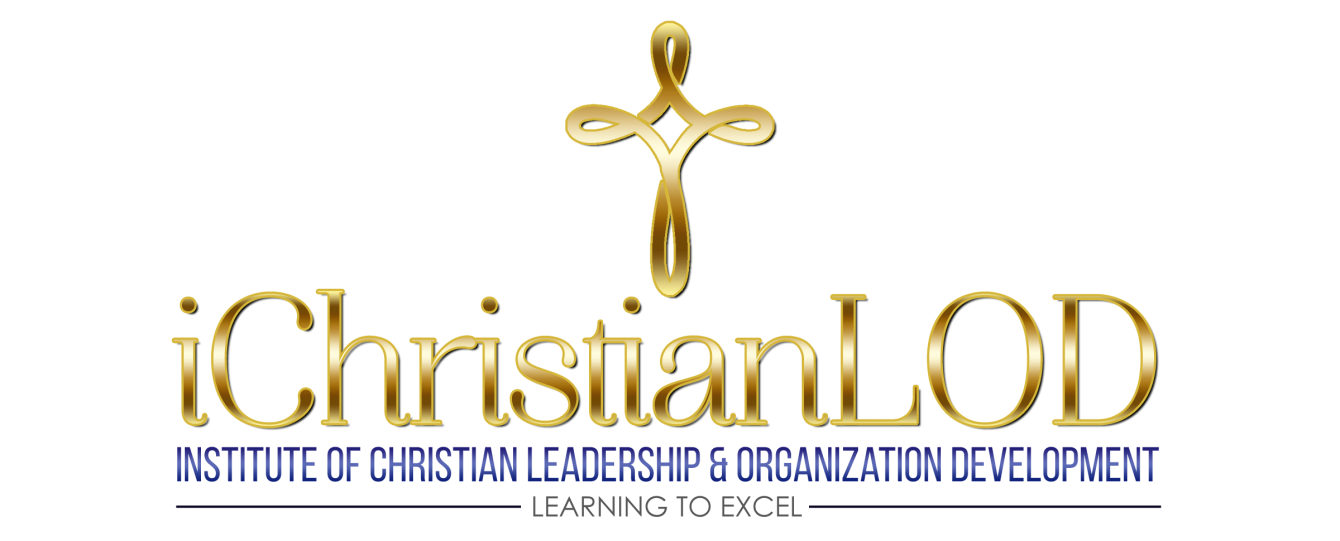Principles of Action Research
Principles of Action Research
Solving organizational and social problems through action research is a collaborative effort that results in greater clarity of the issue being researched; specifically, what is actually occurring and how the event is affecting stakeholders. Understanding the issue being researched from the perspective of key stakeholders is fundamental to the development and implementation of plans. This collaborative effort to clearly define the issue is a qualitative exercise that relies on effective communication to elicit accurate information which forms the basis for action plans. The quality of the communication is guided by four principles: the quality of stakeholder relationships; four fundamental conditions for effective communication; and a healthy degree of participation and inclusion (Stringer, 2007).
Relationships in Action Research
The quality of relationships is an important factor in successful action research. For stakeholders and researchers to work harmoniously, there must be a climate that recognizes the value in individual diversity, while simultaneously moving away from interactions that emphasize power, status, and manipulation which tend to invoke conflict (Stringer, 2007). Initiatives from two research projects aimed at providing insights into sustaining and maximizing the impact of community-based public health interventions, Haggis, Gould, Winters, Gutteridge, and McKay (2013) speak of mobilizing what they refer to as community partnerships made up of potential users and researchers working to identify issues, and initiating research and action. It is through these partnerships that they were able to avoid what Haggis et al. calls the pitfall of superficial levels of engagement that occur when experts enter a community and make decisions without consulting the citizenry (Haggis et al., 2013).
Communication Principles in Action Research
To produce substantive knowledge that can be used to develop effective action plans, communication must be effective. Stringer (2007) describes four critical elements of effective communication as understandable, truthful, sincere, and presented by the appropriate person. Understandable communication requires participation from both the speaker and listener. The listener must be attentive and engaged, while the speaker refrains from the overuse of jargon and other complex language; the goal being to achieve a clear understanding. Truthful and sincere communication avoids statements that are knowingly false or manipulative, which disrupts harmonious relationships. Communication is appropriate when the right person presents it in the right way. Appropriateness can refer to gender, ethnicity, or even experience.
Participation and Inclusion in Action Research
The objective of participation in action research is to put decisions in the hands of key stakeholders, allowing them to take control and ownership of their own solutions. Effective participation must include meaningful and significant involvement and activities. Inclusion should include all relevant issues and groups. Jones and Gelling (2013) describe two distinct challenges with participation. First, how to engage practitioners. Secondly, how to create a communicative space for participants. In the first instance, ownership was transferred via a carefully-structure agenda. In the latter, they created conceptual space through the effective use of time. Both instances maximized participation (Jones, Gelling, 2013).
Conclusion
Action research is a collaborative effort to solve social concerns, where key stakeholders assume the primary role of decision-makers. Success depends on effective communication, harmonious relationships, and meaningful participation. Effective communication is clear, truthful, and appropriate. Harmonious relationships are created through equality, mutual value, and cooperation. Participation should involve the transfer of ownership and planning that promotes group unity.
References
Haggis, C., Sims-Gould, J., Winters, M., Gutteridge, K., & McKay, H. A. (2013). Sustained
impact of community-based physical activity interventions: key elements for success. BMC
Public Health, 13(1), 1-8. doi:10.1186/1471-2458-13-892
Jones, S., & Gelling, L. (2013). Participation in action research. Nurse Researcher, 21(2), 6-7.
Stringer, E.R. (2007). Action research third edition. Sage Publications. Los Angeles, CA

